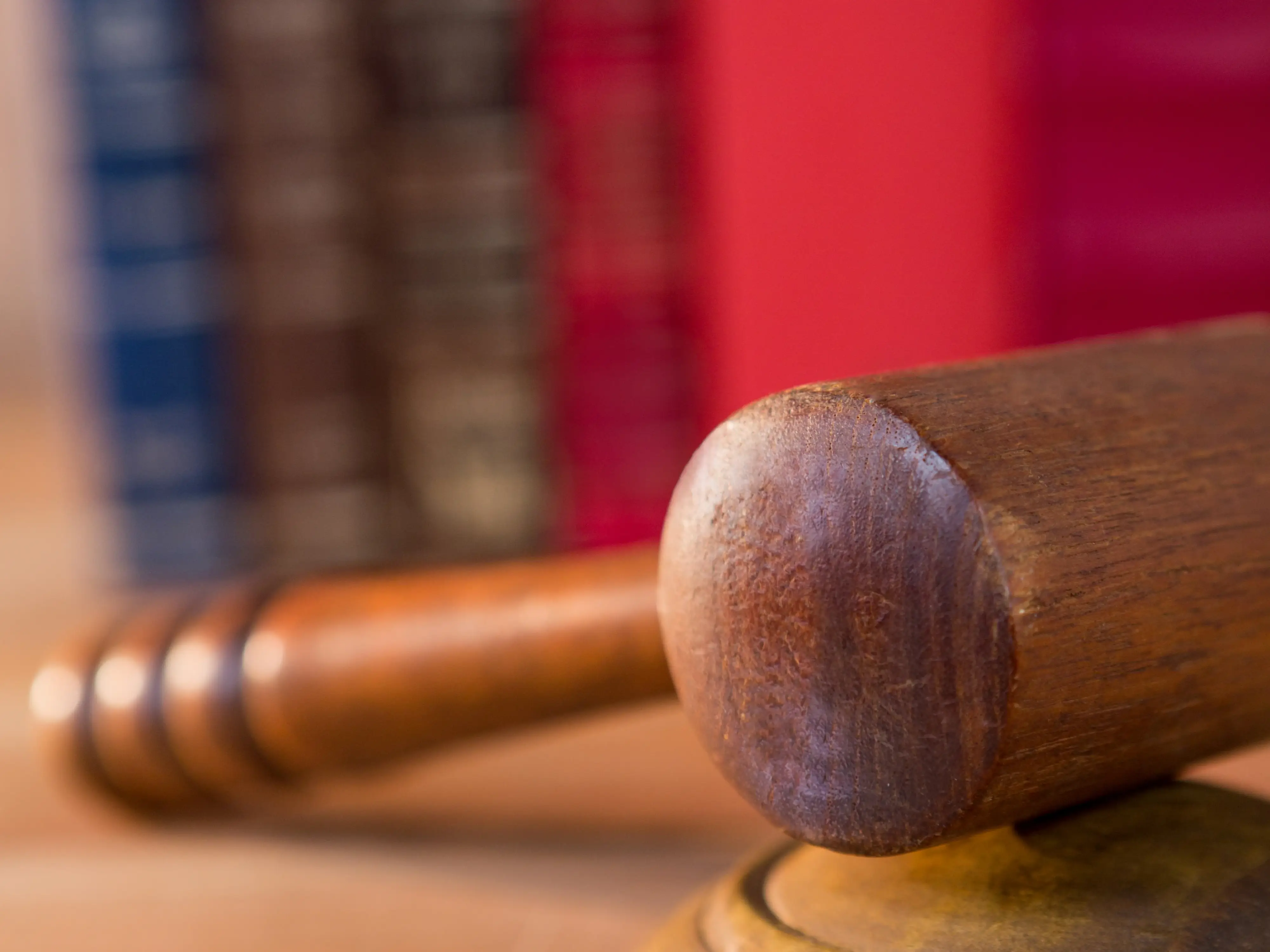Law of Torts in India
For a law aspirant, torts might sound Greek. But it is one of the most important legal topics for law entrance exams. This article discusses what torts is, its origin and the Law of Torts in India.

Introduction
The law of torts consists of rules recognized and acted on by courts of justice. But before the state emerged, the law was enforced by a person whose right has been violated with the assistance of family and clans.
Etymology:
- The term tort is the French equivalent of the English word “wrong” and of the Roman law term “delict”.
- The word tort is derived from the Latin word “tortum” which means twisted or crooked or wrong.
For example:
Everyone is expected to behave in a straightforward manner and when one deviates from this straight path into crooked ways he has committed a tort. Hence tort is a conduct which is twisted or crooked and not straight. The person who commits the act is called a tortfeasor.
“Torts” are “civil wrongs”
- The injured party can seek legal redressal for torts or civil wrongs.
- Usually, the injured party in a tort action is entitled to claim unliquidated damages (i.e. compensation that has not been previously determined/specified or agreed between the parties)
- The decision of claim is decided in a court of law by the judge based on the facts, circumstances and the injury suffered by the party who approaches the court.
Law of Torts: Origin
- Prior to the French William the Conqueror’s 1066 Norman conquest of England, the legal system was somewhat haphazard, conducted on a more-or-less case-by-case basis.
- After 1066, eminent judges were delegated to travel about a given region in order to absorb those village laws which had developed over two centuries.
- Benefiting by this information, these judges noted and implemented precepts they deemed most fair-minded into their own court findings. In time, when referred to often enough, these cases became what are now called legal precedents.
- Sessions during which these judges conducted trials were dubbed "assizes", or in modern terms, “sittings". Even now, the place from which a judge renders verdicts and sentences is called “the bench”.
- Once established, these precedents were meant to be applied equally to every member of society, from a lord to a serf, bringing about the term common law.
Law of Torts: Historical Background
Law of Torts in England
After the Norman Conquest, fines were paid only to courts or the king, and quickly became a revenue source. A wrong became known as a tort or trespass, and there arose a division between civil pleas and pleas of the crown.
Law of Torts in India
The law of Torts in India came through England. After the Norman Conquest, French became the spoken language in England’s judiciary and thus many of the English law’s technical terms owe their origin to French and tort is one of them.
The term ‘tort’ is based on the concept that there are certain rights for everyone in society. The purpose of this tort law was to enforce rights and duties.
Law of Torts in India
The law of torts in India is a body of law that addresses and provides remedies for non-contractual acts of civil wrongdoings. A person suffering legal damage may be able to use tort law to receive compensation for those injuries from someone who is legally responsible or liable.
- The law of Torts in India is a relatively new common law development supplemented by codifying statutes including statutes governing damages.
- While India generally follows the UK approach, there are certain differences which may indicate judicial activism, hence creating controversy.
The Hindu & The Muslim Law of Torts
Under the Hindu law and the Muslim law, tort had a much narrower conception than the tort of the English law, as:
- The punishment of crimes in these systems occupied a more prominent place than compensation for wrongs.
- The law of torts in India is mainly the English law of torts which itself is based on the principles of the common law of England.
- It was made suitable to the Indian conditions appeasing the principles of justice, equity and good conscience and as amended by the Acts of the legislature.
- The origin is linked with the establishment of British courts in India.
In M.C. Mehta v. Union of India, Justice Bhagwati said,
“We have to evolve new principles and lay down new norms which will adequately deal with new problems which arise in a highly industrialized economy. We cannot allow our judicial thinking to be constructed by reference to the law as it prevails in England or for that matter in any foreign country. We are certainly prepared to receive light from whatever source it comes but we have to build our own jurisprudence”.
Section 9 of The Code of Civil Procedure
It has also been held that section 9 of The Code of Civil Procedure, which enables the civil court to try all suits of a civil nature, implies jurisdiction to apply the Law of Torts as principles of justice, equity and good conscience. Thus the court can draw upon its inherent powers under section 9 for developing this field of liability.
In a more recent judgment of Jay Laxmi Salt Works(p) ltd. v. State of Gujarat, Sahai, J., observed:
“Truly speaking the entire law of torts is founded and structured on morality. Therefore, it would be primitive to close strictly or close finally the ever expanding and growing horizon of tortious liability. Even for social development, orderly growth of the society and cultural refinement the liberal approach to tortious liability by court would be conducive”.